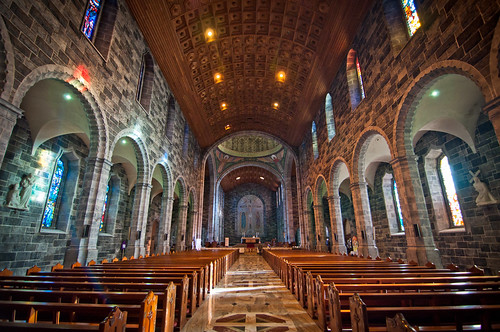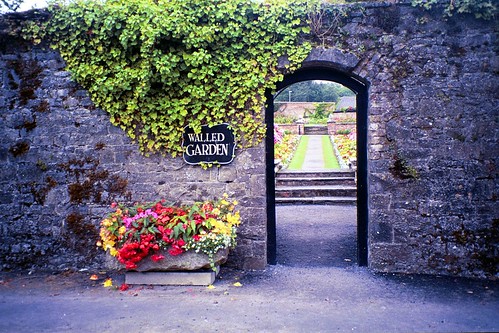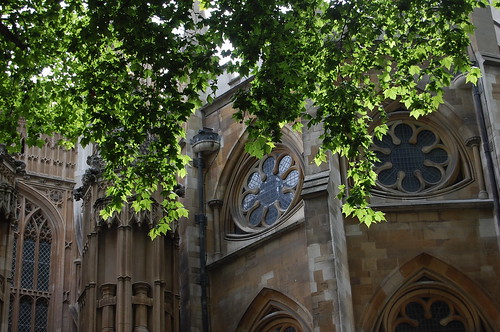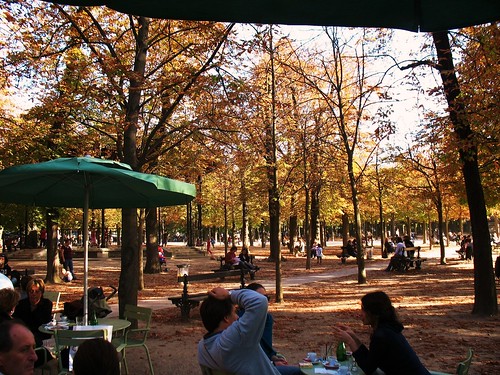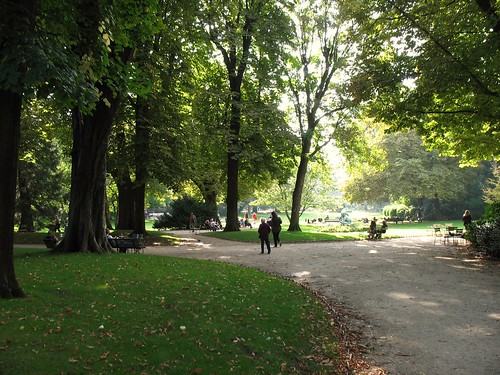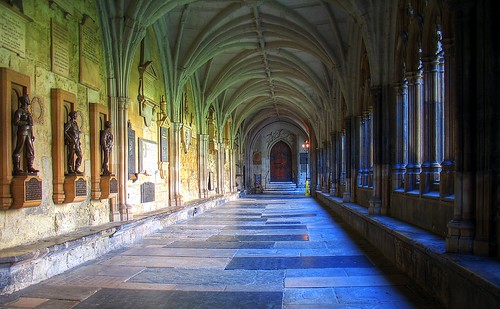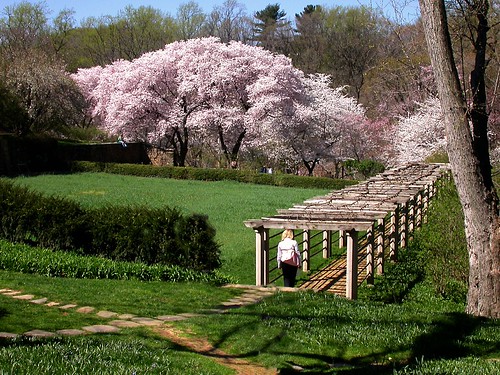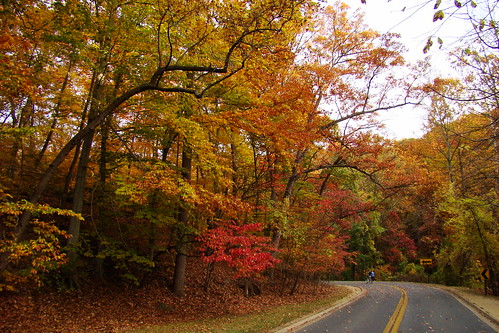A meditation on cities and the need for peaceful places

Posted August 28, 2013 at 1:27PM
I have a theory that, the busier and livelier a city is, the more it needs places of retreat, places where one can get away and be quiet and still.
Beside the garden walls,
We walk in haunts of ancient peace . . .
When I first moved to Washington, decades ago as a student, I was fortunate to live near Washington National Cathedral, then under construction. I would go there at night, after class and studying, often with a friend, and we’d find a place just to sit and talk quietly, inspired by what was going on around us. It soon became my favorite indoor space in the city. Still is.
The love and light we seek,
The words we do not need to speak . . .
When I go to Paris, my favorite of the major monuments by far is the Notre-Dame cathedral. It’s not the kind of place where one is likely to be totally alone, given its position as one of the world’s most famous churches, but its architectural majesty is so inspiring that it commands respect and quiet. One can get away there and be still. Same with Westminster Abbey in London.
Why do I love cathedrals so much? It’s not because of religion, at least not directly. I don’t go there to pray. I’m drawn by the history, the grandeur, the respite, the connection with ancient traditions.
Here in this wondrous way we keep
These haunts of ancient peace . . .
My favorite outdoor space in Paris is the Luxembourg Garden (Jardin du Luxembourg), where one can find whatever level of activity (tennis? puppet show? solitude?) one seeks. I love it. For me, it has the perfect size for a large city park at 60 acres. As I wrote four years ago after a visit there, one still feels in the city when there, but in an especially tranquil part. The building and landscape architecture is humane rather than heroic or pastoral, and to my eyes, beautiful. Restful. It also has one of the best settings for an outdoor café in the world. And, again, there’s the connection to history: the Luxembourg Garden has been there since 1625.
Much of the emphasis in placemaking today is about creating liveliness, public spaces that attract people. I fully support that goal, especially in cities and in neighborhoods that have been disinvested and dormant for decades, as so many of our inner city communities have been. I am proud to be part of the grand team of people who cherish robust city markets, squares, and so on. We need more of them.
But, for me at least – maybe it’s an introvert thing? – the places of quiet retreat are every bit as important, and especially so in large, busy cities and dense neighborhoods.
Let us go there again
When we need some relief
Oh, when I can't find my feet
When I need rest and sleep . . .
For this particular article, I’m not feeling all that analytical about it, to be honest, but we know from medical research that peaceful places provide health benefits (I cited some of the research here). I think that humans’ quest to be near nature (if not necessarily near cathedrals) has been a driver of sprawl, due to a perceived notion that back yards provide the sanctuary that busy city neighborhoods do not. And I’ve had discussions with architect and planner friends about how to design quiet, frequently green places within dense urban neighborhoods. I don’t think we do enough of that, and I could point to several new dense developments in the DC area as examples. For the most part, though, I’m saving that rant for another day.
My original title for this article was “cities need sanctuary,” because for me sanctuary – safe refuge – is exactly what the best quiet, peaceful city places provide. Often, it’s a sanctuary in the religious sense of the word, too, “a holy place,” to quote the online Oxford Dictionaries.
The Sunday bells they chime
Around the countryside and towns
A song of harmony and rhyme
In haunts of ancient peace . . .
But eventually I moved away from the word because of its political and religious connotations. I didn’t want to be misunderstood. I just wanted to make a point about cities that doesn’t often get discussed in my professional circles. In some ways, I suspect it’s seen as too personal. In others, it may be perceived as off-message to the more common smart-growth and urbanist mantras of density, transit, and walkability. I believe in those things too, as I hope most readers know. But I also want a broader conversation.
You know I want to go there one more time again.
Be still in haunts of ancient peace.
My favorite outdoor space in the DC area? Beach Drive in Rock Creek Park, on my bike between Peirce Mill at the foot of Tilden Street in DC and Garrett Park Road in the Maryland suburbs. Out-and-back from my house, including the bit from home to Peirce Mill, is 27 miles, and I like to ride it at a fast pace. There are only two or three stoplights the whole way, because the road is in Rock Creek Park, a treasure. Fellow cyclists who ride for fitness know the meditative state that comes along with that kind of riding. (So do swimmers and runners.) It’s definitely a sanctuary for me.
Do you agree that busy cities especially need accessible quiet places? Do you have a favorite?
Some readers have probably recognized the lyrics to Van Morrison’s “Haunts of Ancient Peace” interspersed with today’s writing. If you’d like a listen, click on the YouTube link below. (It’s all audio – the visual doesn’t change – so you can listen while multitasking if you like.) And, if you can find it, listen to the live version, with an incredible sax solo by Pee Wee Ellis, on Morrison's album Live at the Grand Opera House, Belfast.
Move your cursor over the images for credit information.
